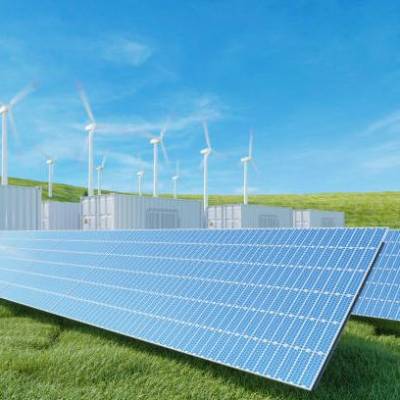

India is installing a first-of-its-kind standalone renewable battery power bank at a Rs 2,000 crore investment to make green energy available on tap for distribution companies (discoms) and grid operators during peak demand.
An increase in lithium price for producing batteries and supply chain disruptions due to the Russia-Ukraine war may challenge the industry. The Ministry of Renewable Energy said that as per the bids invited by Solar Energy Corporation of India Limited (SECI), the government firm implementing solar and wind energy plans in India, the project would supply 500 MW for two hours or 1,000 MWh. Discoms can lease storage capacity, charge through renewable energy, and draw power to manage peak demand. The project will be situated in the vicinity of the Fatehgarh-III substation of the interstate transmission system in Rajasthan. It will be installed on a build-own-operate (BOO) basis, with the developer being responsible for securing connectivity and necessary permissions required for the project. The central transmission utility will provide the land on a right-to-use basis. The developer will make storage capacity available for two operational cycles daily or two complete charge-discharge cycles a day. SECI will off-take 60% of the capacity for third-party leasing, and 30% will be earmarked by northern and national grid operators for ancillary services. The Ministry said the project aims to provide support for developing a market in the energy storage domain. Presently, India is considered a low-priority market by global battery producers, focusing on the US and Europe markets, which focus on storage-based renewable energy projects. According to industry representatives, the timing may not be ideal because of the uncertainty in the geopolitical situation in eastern Europe, which has affected global trade and increased commodity prices. The government aims to set up 4,000 MWh of battery storage capacity as part of its plan to increase the penetration of renewable energy in the national grid. The Central Electricity Authority report on the ideal generation capacity mix envisages a battery storage capacity of 27,000 MW, or 108,000 MWh, for four hours by 2029-30. Image Source